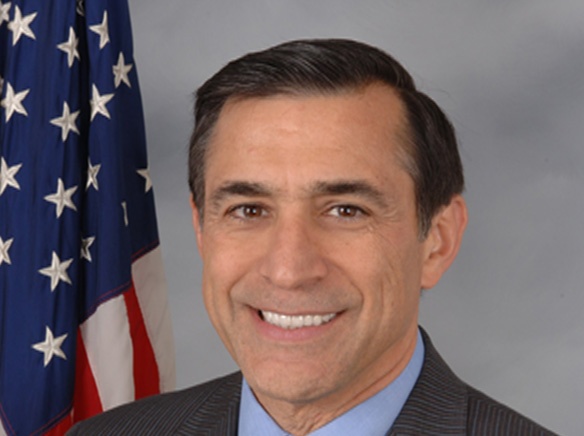The San Diego Board of Supervisors approved zoning regulations for small cell wireless facilities, which include a 300-foot setback from specific sites and no setback requirement from residences.
The supervisors’ 5-0 vote Aug. 7 also approved ordinance components related to avoidance of cluttering, avoidance of certain areas, co-location with existing infrastructure, separation between poles, placement of equipment on poles, preferred locations for residential areas, undergrounding of equipment, and additional public noticing.
“It represents the best that can be done,” said Supervisor Kristin Gaspar.
A Federal Communications Commission regulation on small wireless facilities which took effect Jan. 15 requires all jurisdictions to adopt compliant regulations and limits to what jurisdictions can charge companies for small facilities. The county’s Department of Planning and Development Services developed a definition of small wireless facilities to define them as facilities where each antenna is no more than three cubic feet in volume. The department also proposed a limit of 28 cubic feet for the wireless equipment and any pre-existing associated equipment on the structure and proposed a requirement for facilities to be mounted on new or existing structures in the public right-of-way with allowance for such facilities on private property if attached to an existing public utility pole or permitted telecommunication facility. The fee portion of the proposed revisions will require all small cell wireless facility permit applicants to pay an issuance fee and place a deposit with development services to cover inspection costs associated with the permit issuance, and the applicant will also pay an annual use, maintenance, and access fee for each facility.
The proposed regulations on the small cell facilities were part of a Jan. 25 county Planning Commission hearing on proposed amendments to the Zoning Ordinance, and a 6-0 vote with Michael Beck absent forwarded many of the recommendations to the Board of Supervisors.
The county supervisors heard the proposed changes Feb. 27, and for the small cell wireless facilities the Board of Supervisors approved the definition and a process for fees. The supervisors also directed development services to evaluate additional changes to the Zoning Ordinance and return to the board within 180 days.
“The purpose of today’s amendments that are before us is to implement the board’s prior direction,” said Supervisor Dianne Jacob.
The FCC regulation allows jurisdictions to develop regulations related to aesthetics, but the small cell facilities cannot be prohibited. Other jurisdictions filed a lawsuit against the FCC regulation, and the county has submitted a letter in support of that lawsuit. The Federal Telecommunications Act of 1996 prohibits jurisdictions from regulating placement based on the environmental effects of radio frequency emissions and also prohibits discrimination among providers. The new regulation requires the local jurisdiction to address applications within 60 days for facilities co-located on existing structures and within 90 days for new structures.
Local governments can still regulate based on community character and aesthetics issue provided that all carriers are allowed to provide coverage equally.
County staff recommended a 1,000-foot setback from schools, child care centers, hospitals and religious facilities.
The Planning Commission recommended 100 feet of separation and the Planning Commission recommendations were approved on a 5-1 vote July 19 with David Pallinger absent and Beck in opposition due to recommendation of 100 feet of separation rather than 1,000 feet. The 100-foot separation would have applied to residential areas as well as schools, hospitals and churches and would have applied only to facilities within the public right-of-way and not to facilities mounted on structures. “It would be our goal to achieve a 100 foot buffer when feasible,” said Supervisor Jim Desmond.
The 300-foot setback approved by the Board of Supervisors also applies to Sheriff’s Department stations and fire stations. Public requests for setbacks from shopping areas, parking lots, and county parks were rejected by the Board of Supervisors as well as by the Planning Commission and by PDS staff.
A macro cell facility may have a range of up to 20 miles while the range of a small cell facility is usually between 160 and 1,600 feet. A small cell facility consists of a wireless antenna and support equipment including radio equipment, an electrical meter, fiberoptic cable and power lines.














